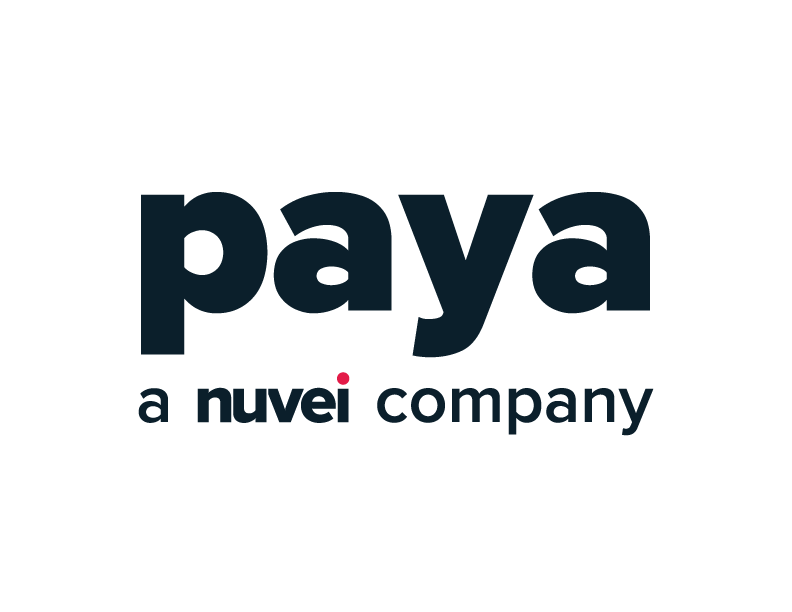
As a tech exec, you know that one of the most important aspects of your job is choosing the right payment API for your software. With many payment integration options available, it can be difficult to decide which one is right for your software and your customer base. In this blog post, we’ll discuss the most popular payment API and what to look for when selecting the best one for your integration. So, if you’re ready to get a little technical and learn all about payment APIs, keep reading!
What is a Payment API?
APIs are the lifeblood of modern technology, powering everything from your car’s entertainment system to an app on your phone. APIs allow programs to communicate with each other in order to accomplish tasks. They can be considered an interface between two different pieces of software, or even within the same application. With a payment API, your software can support credit card and ACH processing without having a proprietary feature built to handle payments. The sharing of data between your software and a payments provider is seamless.
A good payment API is secure, scalable, and flexible. It should be easy for a developer to implement and provide end-users with an exceptional customer experience.
REST
The most common payment API for developers, designed for a quick payment integration is the REST (representational state transfer) API, also known as RESTful API design. The idea behind REST is that it uses existing protocols, so you don’t need any extra libraries or software. With this type of API, both the client (the software application) and server (the payment processor) only have what they require to function-key to simplicity and speed.
REST is a popular alternative for those who want more control over their information and flexibility in how their application functions. Because REST can recognize data in all possible formats such as XML and JSON, ISVs do not have to alter the way their software works to support integrated payments.
Benefits of a REST Payment API
A REST payments API does more than just ease the transfer of data—it makes it easier to secure data and achieve PCI compliance since there is a defined division between the software application and the payment processor. The separation also allows for scalability and adaptability. Payment integrations using REST APIs must only manage their own codebase and have no dependencies or restrictions placed upon them by third-party service providers providing ultimate flexibility and control. These factors make REST payment APIs ideal for nearly all software providers.
Beyond the REST Payment API
To ensure a successful product launch, developers should look past the technical requirements of their payment integration. ISVs need access to not only tools but domain experts who are there for guidance along the way.
Beginning with tools, the right payment API will include self-serve resources such as a developer portal and user guides with code samples and access to access to a sandbox environment to “take the car for a test drive”.
Hands-on support from both solutions engineering and business integration teams is also a must-have resource for developers. Look for a team that has experience in your specialty vertical. They will know what products or services are required to drive optimal customer adoption. Domain experts should be at your service to provide timely answers or solutions to any challenges that may arise during development.
Choosing the right payment API can be overwhelming—but it’s an important decision that will enhance customer experiences and outcomes. By understanding the basics of RESTful APIs and what to look for, you’re on your way to making the best decision for your business. Look no further—Paya is here to deliver best-in-class technologies to address today’s needs and tomorrow’s opportunities.
